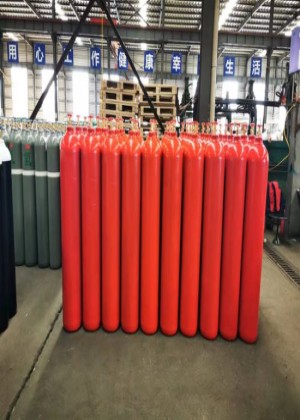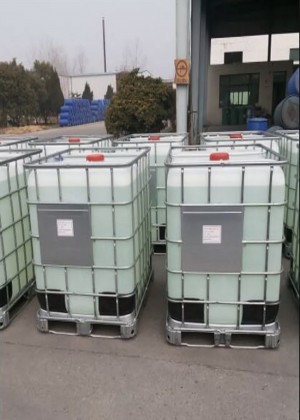Dichlorodiphenyltrichloroethane
Dichlorodiphenyltrichloroethane (DDT) Is A Synthetic Organic Compound Widely Known For Its Use As An Insecticide. It Has Been Used Extensively In Agriculture And For Disease Vector Control, Notably In Combating Malaria. Its Use Has Been Heavily Restricted Or Banned In Many Countries Due To Its Environmental Impact And Health Risks. Here Are Some Key Specifications And Characteristics Of DDT:
Chemical Specifications:
- Chemical Formula: Câ‚â‚„Hâ‚â‚Cl₃
- Molecular Weight: 354.6 G/mol
- IUPAC Name: 1,1,1-Trichloro-2,2-bis(p-chlorophenyl)ethane
- CAS Number: 50-29-3
- Appearance: White To Off-white Crystalline Solid
- Melting Point: 108-112°C
- Boiling Point: 260°C (decomposes)
- Density: Approximately 1.56 G/cm³
- Solubility: Poorly Soluble In Water (0.0001 G/L At 25°C); Soluble In Organic Solvents Like Acetone, Ethanol, And Oils.
Properties:
- Chemical Structure: Contains Two Para-chlorinated Phenyl Rings Attached To A Central Ethane Core With Three Chlorine Atoms.
- Stability: DDT Is Relatively Stable And Persistent In The Environment.
- Degradation: It Degrades Slowly In The Environment, Which Contributes To Its Long-term Ecological Impact.
Usage:
- Historical Use: Used Extensively During World War II And The Post-war Era To Control Agricultural Pests And As A Malaria Vector Control Measure.
- Current Status: Banned Or Restricted In Many Countries Due To Its Environmental Persistence, Bioaccumulation In Wildlife, And Potential Human Health Risks.
Environmental And Health Impact:
- Bioaccumulation: DDT Accumulates In The Fatty Tissues Of Animals And Can Magnify Up The Food Chain.
- Health Risks: Linked To Various Health Issues Including Cancer, Reproductive Problems, And Endocrine Disruption.
- Environmental Impact: Affects Non-target Species, Including Birds, Fish, And Beneficial Insects.
Regulations:
- International: Under The Stockholm Convention On Persistent Organic Pollutants, DDT Is Restricted To Use Only In Disease Vector Control Where No Alternatives Are Available.
- National: Individual Countries Have Their Regulations And Restrictions, Which Can Vary In Terms Of Permitted Uses And Application Methods.
Handling And Disposal Of DDT Require Careful Adherence To Regulatory Guidelines Due To Its Hazardous Nature.




